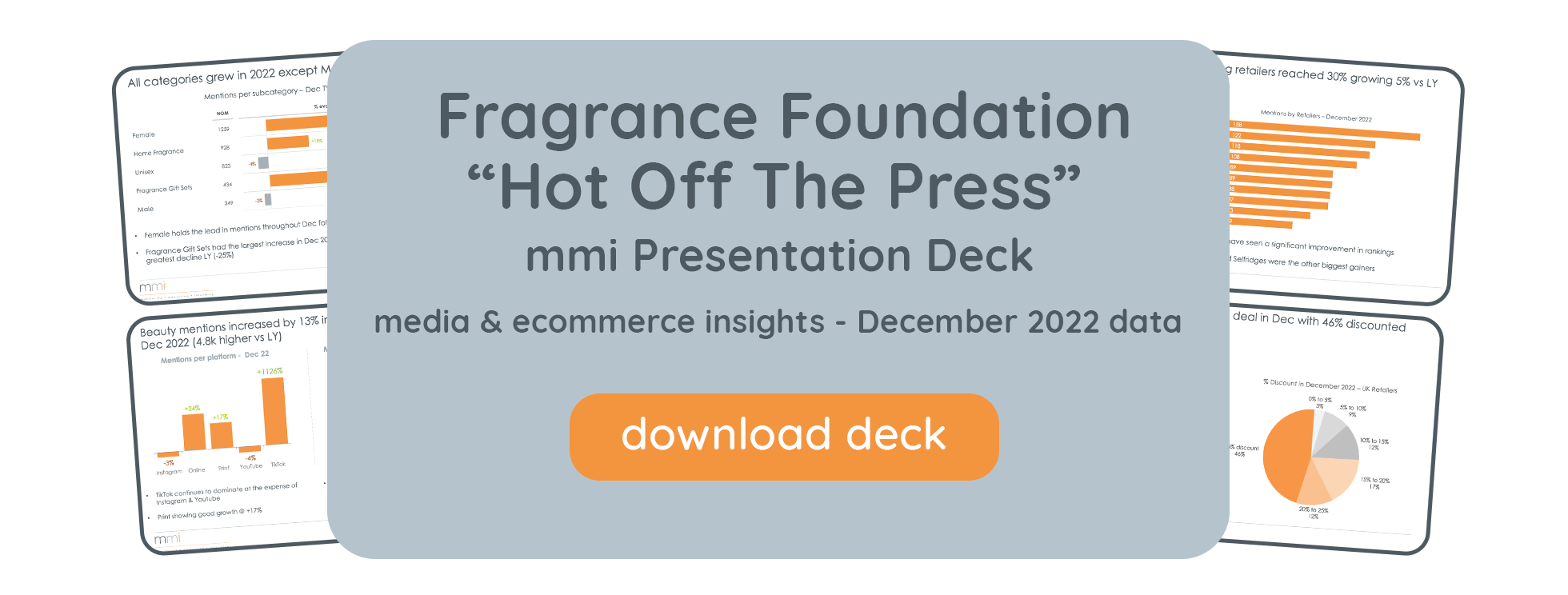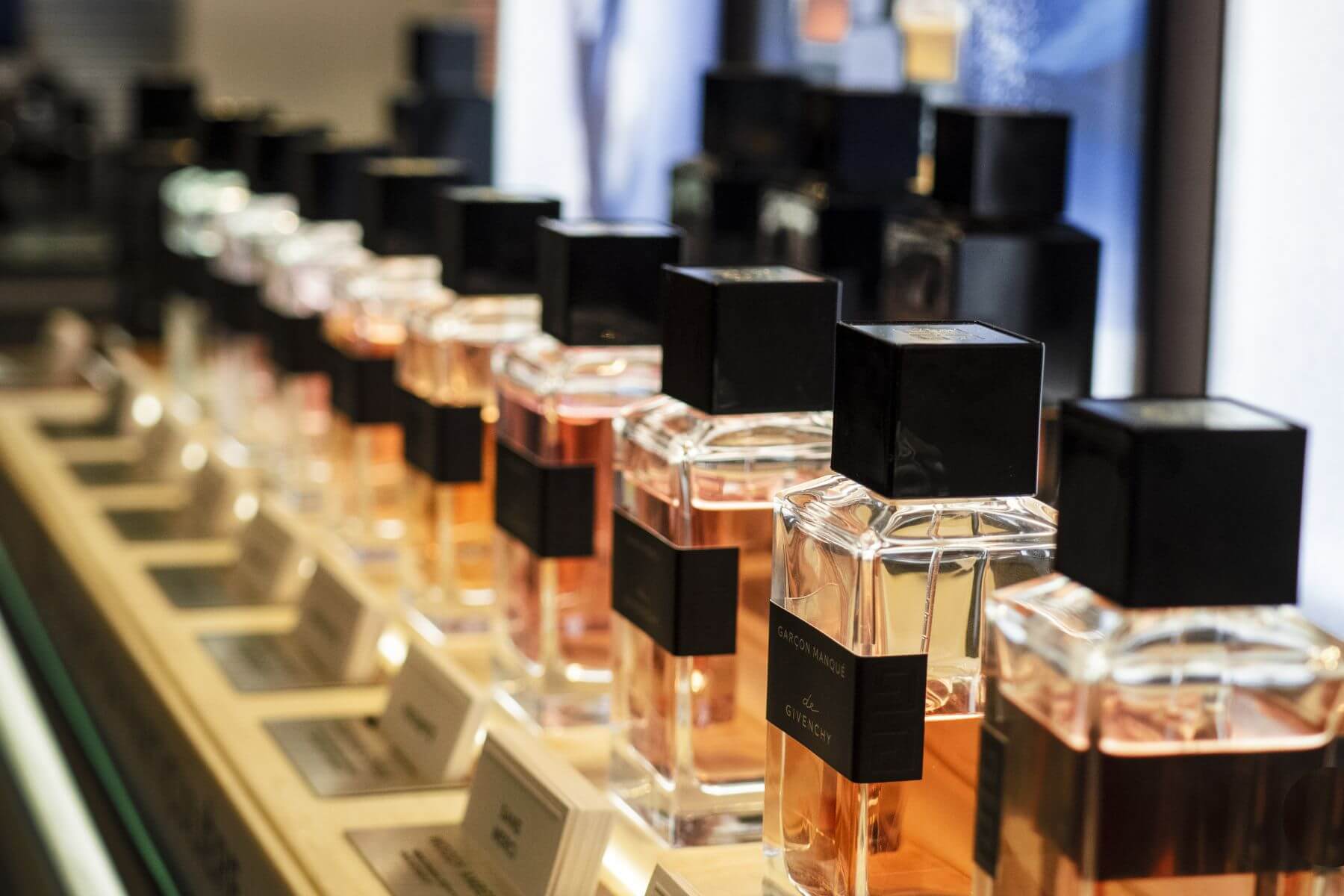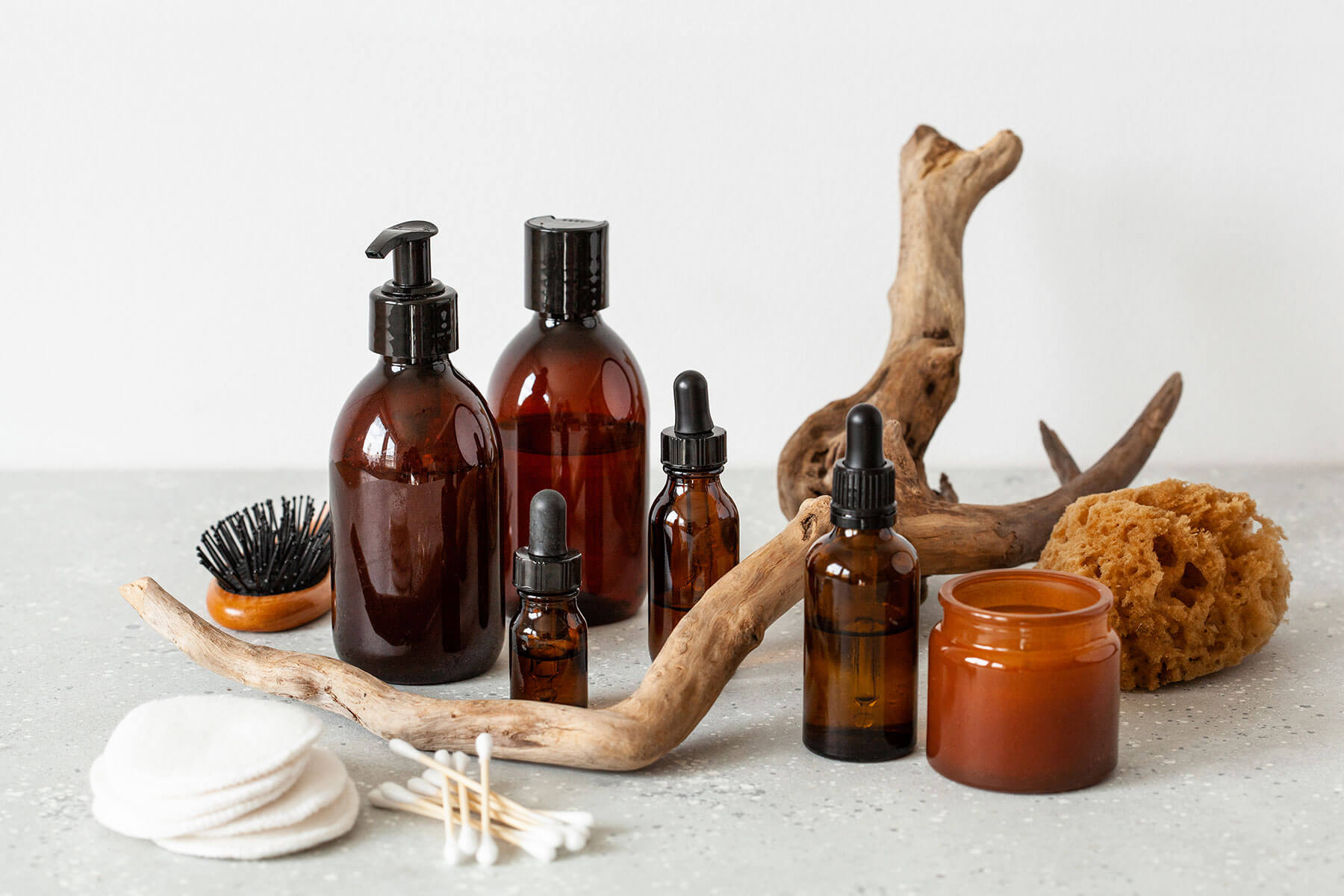If COVID 19 has taught brands anything about succeeding in prestige beauty, it’s that maximising your digital presence is crucial to gaining competitive advantage. But it’s not enough to simply increase online budgets or hit a high follower count; long-term, structural changes are needed to keep up with beauty’s digital disruptors. Here, we reveal what some of those changes are, how they benefit your business, and why all of them (not just a few) are needed to achieve digital transformation...
1. Opt for an Omnichannel Approach
Many prestige brands keep their offline and online teams separate, hiring both Marketing Managers and Digital Marketing Managers, who each work in silos. However, industry leaders are finally embracing an omnichannel approach, where one team works online and offline in tandem to create a more holistic strategy. This approach not only ensures consistent messaging across the board, but it means that all brand channels – from print to digital – bolster one another to achieve greater results.
You should also be setting clear KPIs across this unified team, ensuring they’re measurable and understood by all of your colleagues. Metrics are needed to protect the value and performance of your brand, so these should be embedded into all activity.
2. Create Consistent Customer Journeys
Speaking of an omnichannel approach; by merging your online and offline teams, you can ensure your customer journey feels clear and consistent across all touch points. Whether that means aligning pricing or taking an in-store service digital, brands can create clearer customer journeys by speaking with one voice on their website, their social channels, and their beauty counters.
Clinique is a strong example of this. Known for their lab coat-wearing Beauty Consultants, they’ve replicated the on-counter experience with their virtual consultations. From helping you find a foundation shade, to picking out your perfect serum, they offer the same level of customer care both online and offline.
Meanwhile, influencer Jamie Genevieve is taking her brand, Vieve Muse, from online to offline with a makeup pop-up store in Glasgow. For one weekend, shoppers can check in to have the brand’s Instafamous looks recreated in person. The event has been promoted with a countdown across Instagram, TikTok and Facebook.
3. Tap the Right Talent
While brands tend to prioritise experience when hiring new talent, the emergence of new platforms, such as TikTok, makes a novice of many marketers. As such, hiring based on passion and potential will be the way forward in beauty, with energy and a willingness to learn being two of the top criteria to look for. Seek recruits who have their finger on the pulse of up-and-coming online features, burgeoning brands, and best practice content across ecommerce and social media.
It’s also wise to welcome short-term consultants who can coach and encourage your current team. Their goal should be to level up digital knowledge across all touchpoints, including details like SEO and paid media.
4. Reassess Your Retailer Relationships
58% of sales are influenced by what consumers see online, so it’s important to give digital commerce due diligence in your retailer meetings. Reshuffle these sessions to bring ecommerce first on the agenda, and explore ways you can optimise your digital shelf. You can use this time to ensure etailers are featuring the best possible content on product pages. This means comprehensive product descriptions, inclusion of tutorial or campaign videos, and helpful images. Note: 60% of shoppers say they need to see at least 3-4 visuals before making a purchase.
5. Align Media and Etail Strategies
As etailers invest more in their media platforms, and media delves deeper into commerce capabilities, it’s important for brands’ media and ecommerce teams to communicate effectively. By hiring one leader to oversee both, you can converge your strategies into one hard-working strategy – without cannibalising each team’s online efforts. For example, this unified approach can help media and ecommerce teams ensure their brand and partner retailers aren’t competing for the same terms on paid search. This helps to minimise resource use and costs. In addition, a core digital team will ensure a more aligned customer journey from acquisition through to conversion meaning happy customers and burgeoning sales.
6. Embrace Social Commerce
One clear sign of media and etail converging can be seen on social media, where platforms such as Instagram and Pinterest are making content shoppable. Where once these opportunities were exclusive to brands who paid for ads, now social media managers can direct their followers to etailers via organic posts.
However, it’s important for brands not to lose sight of what makes these platforms successful. Consumers are looking for authentic, engaging content that either entertains or educates (or both). Put the consumer needs first by capitalising on your highest-performing posts, using data to identify what makes users interact with your brand. The etailer clicks will follow.
7. Consider a Direct-to-Consumer (D2C) Store
If you haven’t already got one, look into building a direct-to-consumer store; one that provides a more brand-immersive experience than third-party etailers. You don’t want to take away from your partners, but rather offer something new to your customers. Try taking your cues from D2C disruptors, such as Rare Beauty and Glossier, with features that encapsulate your brand. These include:
- Exclusive stock that can only be found on your site.
- Eye-catching, highly branded content, complete with tutorial videos, extensive product images, a blog and virtual consultations.
- Branded packaging that makes the ‘unboxing’ experience feel more special.
- Fast delivery, so that ‘want it now’ consumers won’t be tempted to shop elsewhere.
However, it’s important to ensure you have the resources to back up this all-new offering. The customer service and experience you provide shapes your brand image, so ensuring excellence is key.
Want to find out more about digital transformation in this age of new normal? Watch our Bouncing Back from COVID webinar , hosted by our CEO Christian Eckley, with insight from Atelier & Avenue’s Saverio Bianchi and StoreDAQ’s Owen Hughes.




